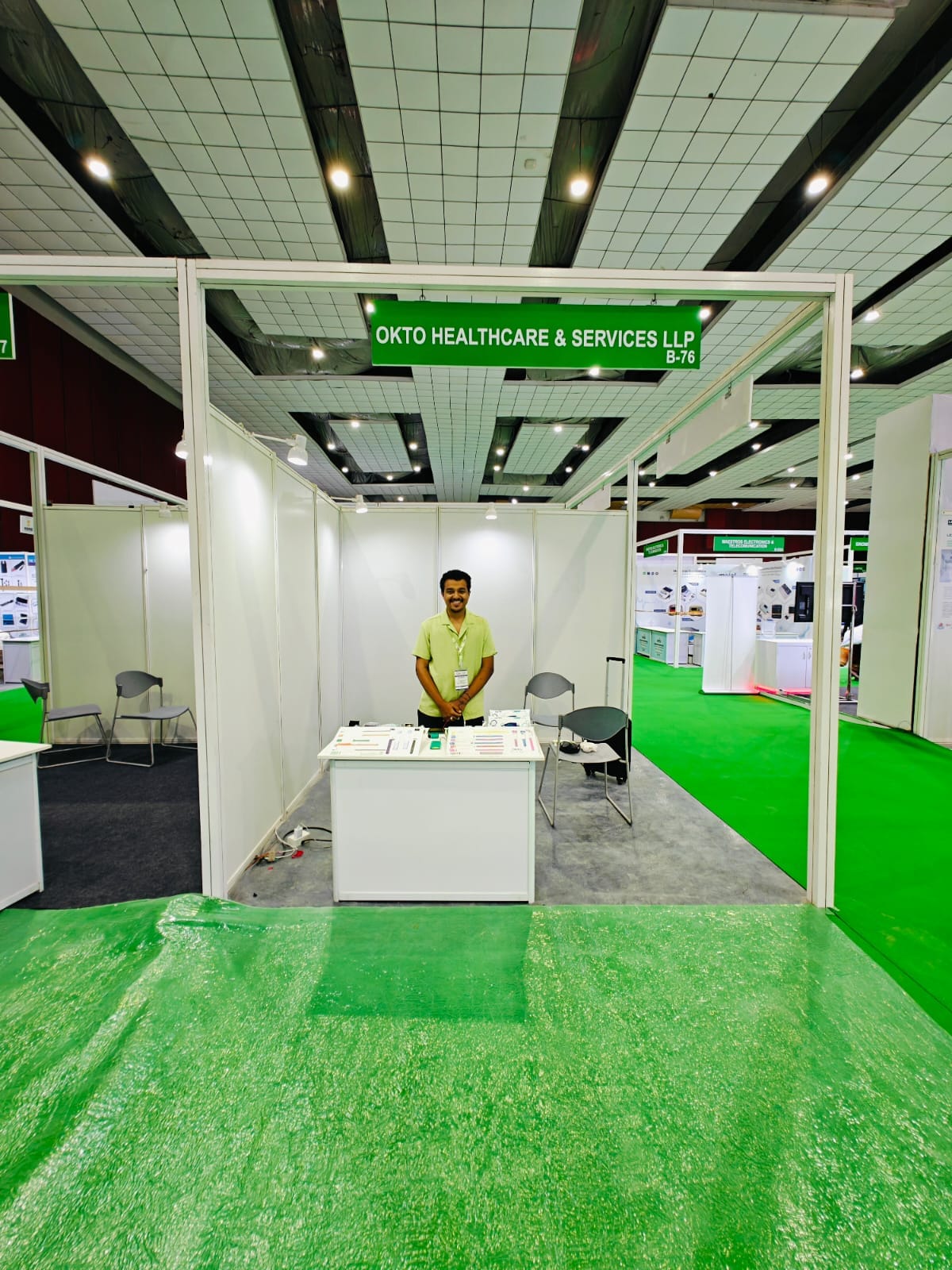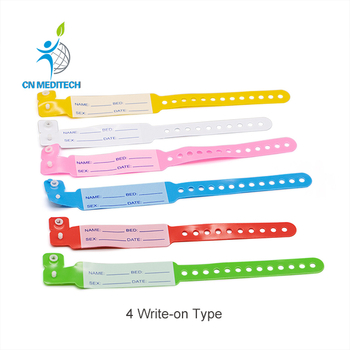Why Medical Facilities Select Patient Identification Band for Efficient Patient Tracking
Why Medical Facilities Select Patient Identification Band for Efficient Patient Tracking
Blog Article
Enhancing Security: The Significance of Patient Recognition Bands in Health Care
In the world of healthcare, the effectiveness of individual recognition bands can not be overemphasized, as they serve as a fundamental secure versus misidentification and subsequent mistakes. As we discover the diverse function of these bands, it ends up being evident that their importance extends past plain recognition, elevating inquiries concerning finest methods and future innovations in person safety and security.
Overview of Person Recognition Bands
Individual recognition bands play an important duty in making certain the safety and accuracy of client treatment in healthcare settings. These bands, generally endured the wrist or ankle joint, work as a vital tool for confirming patient identification, thus reducing the threat of mistakes in therapy, drug management, and other medical care treatments. Made from durable products, client recognition bands typically include vital information such as the patient's name, day of birth, clinical document number, and barcodes or QR codes for scanning.
The application of individual recognition bands is crucial in various healthcare atmospheres, consisting of hospitals, outpatient centers, and lasting care institutions. They add to an organized method in patient monitoring, enabling health care professionals to quickly and properly recognize clients, specifically in high-pressure scenarios where speedy decision-making is vital.
Furthermore, using these bands is straightened with governing requirements focused on improving patient safety and security - Patient Identification Band. By guaranteeing that each person's information is conveniently available and easily proven, healthcare companies can keep a high criterion of treatment, minimize the occurrence of adverse occasions, and foster a society of safety within health care organizations
Benefits of Accurate Identification
Precise recognition is fundamental to boosting patient safety and care high quality in healthcare settings. It works as the initial line of protection versus errors that could bring about negative client end results. By making sure that each patient is appropriately recognized with reputable means, such as client identification bands, healthcare carriers can significantly reduce the risk of misidentification, which can cause unsuitable treatments, medicine errors, and even medical mix-ups.
Furthermore, exact person identification helps with effective interaction among medical care groups. When all employee can consistently identify clients, they can share essential info more efficiently, causing much better coordination of care. This is specifically essential in emergency situation scenarios where timely treatments are vital.
Additionally, precise recognition sustains compliance with governing requirements, thus decreasing the threat of lawful effects for healthcare facilities. It promotes count on between individuals and health care companies, as patients feel extra safe understanding that their identifications are being secured.

Common Challenges Dealt With
Making certain effective person recognition in health care setups presents a variety of challenges that can compromise security and care top quality. One considerable challenge is the variability in person populaces. Clients may arrive in a state of complication or distress, making accurate recognition challenging. Furthermore, language obstacles can hinder efficient communication, complicating the verification procedure.
Another difficulty is the dependence on human elements in identification procedures. Health care specialists might accidentally misunderstand or forget identification methods, especially in high-stress atmospheres such as emergency situation departments. This can bring about errors, including the management of wrong treatments or medications.
Technical concerns also posture obstacles. Although electronic health and wellness record (EHR) systems are made to simplify client identification, system interruptions or individual errors can interrupt the process. The physical design of individual ID bands can lead to readability problems, especially in cases where bands are harmed or obscured.
Lastly, inconsistent training amongst staff regarding recognition protocols can cause voids in knowledge and technique. Dealing with these obstacles is vital for enhancing client security and making sure that identification bands serve their desired purpose successfully.
Finest Practices for Execution
To properly carry out patient recognition bands in health care settings, organizations have to embrace a complex technique that focuses on training, modern technology, and standardization integration. Standardization involves establishing clear protocols for the design, application, and use of find recognition bands across all divisions. This makes sure uniformity and minimizes the threat of errors connected to variances in band kinds or labeling approaches.


Training is crucial for article source all healthcare staff to guarantee they comprehend the significance of accurate individual recognition, how to properly apply and read recognition bands, and the procedures to adhere to in instance of inconsistencies. Regular workshops and correspondence course can strengthen this expertise and advertise a society of safety and security.
Modern technology combination plays a pivotal duty in improving the effectiveness of client identification bands. Using barcode scanning or RFID technology can enhance the recognition process, enabling real-time verification of patient identities. Additionally, digital health and wellness document systems should be configured to consist of signals for mismatches in between the recognition band and patient information.
Future Trends in Patient Security
As health care remains to evolve, the emphasis on patient safety is most likely to escalate, driven by improvements in technology and a higher understanding of systemic threats. Emerging fads show a change in the direction of even more incorporated systems that take advantage of information analytics, fabricated intelligence, and equipment discovering to enhance client identification procedures. These modern technologies can assist determine here are the findings possible security issues before they intensify, therefore lowering errors related to misidentification.
Additionally, the execution of blockchain modern technology may revolutionize exactly how patient information is securely shared among health care companies, guaranteeing that identification bands are current and consistently exact. This will not just enhance client security yet also help with seamless interaction across multidisciplinary groups.

Additionally, the growing emphasis on customized medicine is anticipated to affect individual safety and security protocols. By including genetic and market info right into recognition systems, health care experts can tailor therapies better, minimizing the risks of unfavorable responses as a result of misidentification.
Conclusion
Finally, person recognition bands work as an important component in enhancing safety within medical care environments. By assisting in precise patient identification, these bands considerably reduce the danger of errors connected with misidentification, inappropriate treatments, and drug management. Despite challenges in execution, adherence to finest practices and the assimilation of emerging innovations can further boost their effectiveness. Ultimately, the ongoing emphasis on durable recognition protocols will add to enhanced patient outcomes and general safety in medical care settings.
In the realm of healthcare, the efficiency of client identification bands can not be overstated, as they serve as a basic guard versus misidentification and succeeding errors.Client identification bands play an essential role in ensuring the safety and security and accuracy of person care in medical care setups. Made from sturdy materials, person identification bands often include vital details such as the patient's name, date of birth, clinical document number, and barcodes or QR codes for scanning.
By making certain that each patient is properly identified with trusted methods, such as person recognition bands, healthcare carriers can significantly decrease the risk of misidentification, which can lead to unsuitable treatments, medicine errors, and even medical mix-ups.
In verdict, patient identification bands offer as a crucial component in enhancing security within healthcare environments. Patient Identification Band.
Report this page